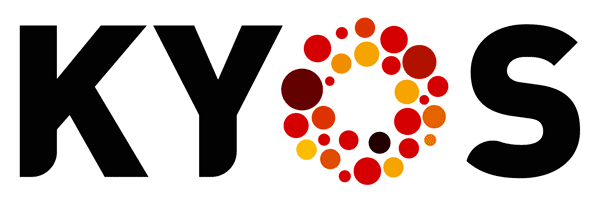What is intraday power trading?
Intraday power trading refers to the buying and selling of electricity within the same day of delivery, allowing market participants to adjust their positions after the Day-Ahead market has been cleared. This type of trading is essential for balancing the grid and managing short-term changes, such as sudden increases in demand or unexpected drops in renewable energy production. While electricity on the Day-Ahead market can generally be traded with hourly granularity at most, electricity on the intraday market can be traded with granularity up to quarter-hourly.
The largest exchanges in Europe for intraday power trading are EPEX Spot and NordPool Spot. Similarly to the Day-Ahead market, Intraday markets are coupled for several European market zones, meaning that demand bids may be matched with supply bids from a different market zone (XBID project for countries part of the Single Intraday Coupling, SIDC).
The European intraday market operates in two main segments:
- Intraday Auction – This segment involves auctions held at specific times throughout the day, where market participants submit bids to buy or sell electricity. The auction results in a market-clearing price, and energy is traded based on this price.
- Continuous Trading – After the auction, the market transitions to continuous trading, where electricity can be bought and sold in real time up to 5 minutes before delivery. In this segment, trades are made on a first-come, first-served basis, and prices fluctuate dynamically based on immediate supply and demand. The volumes traded on the continuous session of the intraday market are generally much higher than those traded during the auction session.
Intraday power trading plays a crucial role in maintaining grid stability, especially as more non-programmable renewable energy sources like wind and solar become a larger part of the energy mix. It allows market participants to be more responsive, managing short-term risks and ensuring that electricity supply meets demand at all times.
Intraday power trading often represents the main revenue stream for fast-response energy storage systems such as BESS (Battery Energy Storage System), who can quickly adjust their position to take the most advantage from the high volatility of intraday prices.
KYOS Software models and Advisory
Optimally trading BESS capacity requires assessing potential risk and revenue streams across multiple markets and products.
Our software model KyBattery supports market players with energy storage valuations, allowing to forecast revenue streams coming from multiple markets and products, including the intraday market. The model uses advanced stochastics including Least Squares Monte Carlo techniques to capture the full flexibility of energy storage.
